Home »
Misc »
How long is each quarter in college basketball
How long is each quarter in college basketball
Why Does NCAA Have Two Halves While NBA Has Four Quarters?
There is no doubt that the NBA and NCAA are two different organizations. College basketball has many quirky rules that the NBA does not follow, while the NBA enforces a few restrictions that do not fly in college.
While there are many discrepancies in each league, the most obvious is the fact that professional basketball is played in four quarters while college is played across two halves. In order to understand why that is, we must dive into the history of both sports, what their rules look like, and how they each developed.
Quick Navigation
Humble Beginnings
At the end of the day, the NBA and NCAA use time in roughly the same way. The NBA has four 12 minute quarters (48 minutes in total) and the NCAA goes with two 20-minute halves (40 minutes in total). FIBA also uses four 10 minutes quarters to perfectly match the NCAA’s total time.
So, going back to the question at hand, why does that difference exist?
The answer lies in basketball’s original ruleset.![]() Dr. James Naismith first created the sport we all know and love back in 1891 when challenged to come up with an indoor athletic competition. To give basketball structure, he came up with 13 basic rules for the game.
Dr. James Naismith first created the sport we all know and love back in 1891 when challenged to come up with an indoor athletic competition. To give basketball structure, he came up with 13 basic rules for the game.
Though many of the rules are quite interesting (such as if a team fouled their opponent three times in a row the other team would get free points) the most important one for the purposes of this article is number 12. It reads, “the time shall be two fifteen-minute halves, with five-minute rest in between.”
That, of course, gives us the basic structure of what college uses today. There are two halves, and each of them is separated by a quick halftime. A thirty-minute game is quite short, and that helps explain the other changes the game went through overtime.
A Century of Change
It did not take long for people to realize that two fifteen-minute halves were not enough time for a proper game. The shorter periods resulted in low scores and did not provide enough exercise for the players.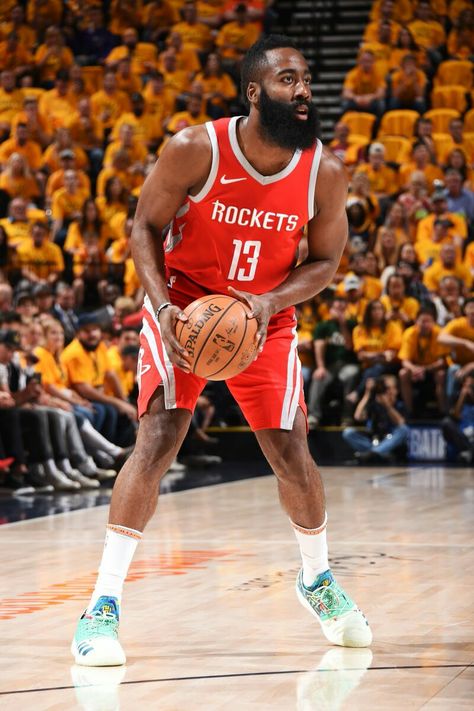
As such, in 1905 the official rules changed to extend the time to two twenty minutes halves with a 10-minute break in between them. Sound familiar? That is the same format the NCAA still uses to this day.
However, the two half system did not stick for that long. In 1951 the game went through a huge change when the league decided to split it up into four 10-minute quarters. This rule was for both college basketball and the NBA.
While that change stuck in professional basketball, it did not hold in college. In fact, the four-quarter system was only around for three short years in the NCAA. In 1954 college basketball went back to playing in halves while the NBA stayed with the quarter system.
That created a break that still lasts to this day.
An Unsure Shift
The change from halves to quarters happened a long time ago. So long ago that few people know why the split occurred. Some people believe colleges favor the two halves because it is how the first rules were put in place, while others think it was to separate themselves from other leagues.
One of the leading theories is that it makes the game much more competitive. Two long halves tend to create closer games than four separate quarters. Close games not only lead to more excitement, but they can also lead to upsets. Those drive viewership for big tournaments like March Madness.
Two halves also create less stopping time, which gives the game a steady pace and keeps everything moving along. The more flow that exists, the better the games are to watch.
While none of these theories have been absolutely proven one way or another, they do help suggest why one league goes with two halves and one goes with four quarters.
Both work. It just comes down to preference.
Two Sides of the Same Coin
College basketball has many rules that separate it from the NBA. The two halves are the most distinct of such regulations. Though no one is exactly sure why they choose to stand on their own, there are many theories that could explain it.
Whatever the reason, there is no doubt that the two 20-minute chunks have become a staple of the NCAA and will continue to be that way for the foreseeable future. Though there has been some talk of switching over to quarters, nothing is quite in place just yet.
Though there has been some talk of switching over to quarters, nothing is quite in place just yet.
Why Men's College Basketball Games Have Two Halves, Not Four Quarters
ByScotty Jenkins
Published on Tue Mar 22 2022
|
4 min read
The game of basketball was created in 1891 by Dr. James Naismith. In his original rule book, he stated that the game would be "played in two fifteen minute halves with rest time in between". His goal was to create a sport that could be played between football and baseball season, in an effort to provide additional conditioning and team-building opportunities.
Over a century later in 2022, NCAA Men's Basketball games have only deviated slightly from Naismith's original rules, playing two twenty-minute halves. But for some reason, the men's college-level is the only one to stick to this idea.
Women’s college basketball games (as well as the WNBA) on the other hand, are played with four ten minute quarters.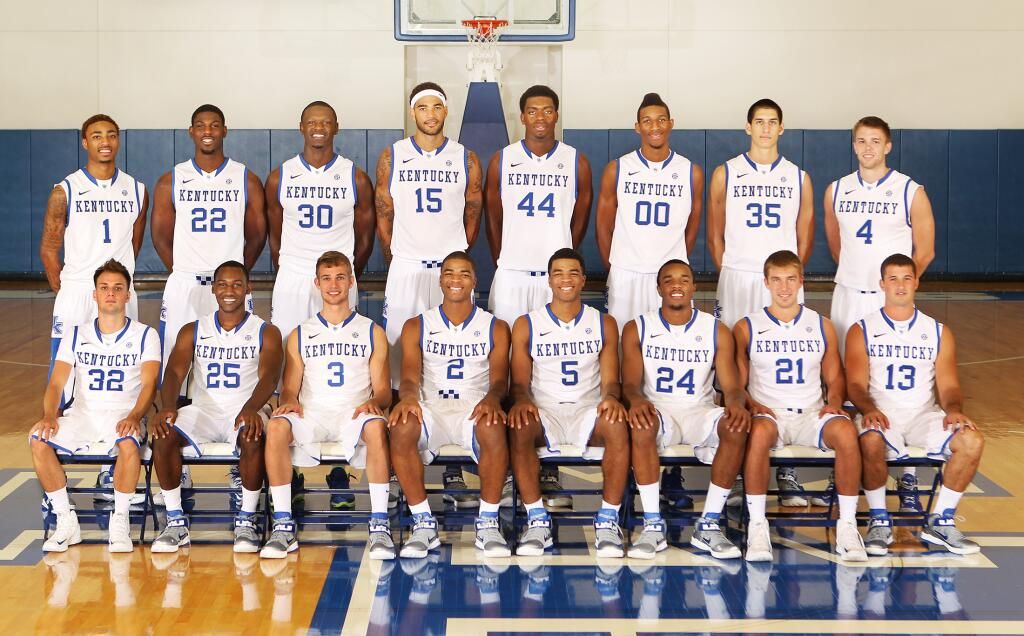
The professional men's basketball league (NBA) also uses four quarters to split up a game, with each lasting twelve minutes.
Want to figure out why this change did or didn't happen? Follow along in this article for an explanation as to why there is such a discrepancy between halves and quarters in the modern day game of basketball we all know and love.
After Naismith created the game, it was easy to see that two fifteen minute halves simply weren’t long enough for a high scoring, competitive game. In 1905, the rules were adjusted to what we now see in Men's NCAA basketball - two twenty-minute halves.
In 1951, the rules were changed again, resulting in each contest having four ten-minute quarters of basketball for both the NBA and NCAA. But in 1954, the NCAA went back to playing halves while the NBA simply kept the new four-quarter rule and added two minutes to each - resulting in the current twelve-minute quarters that still exist today.
Basketball writers and Twitter commenters alike have many theories as to why the NCAA switched back to the original two halves of basketball.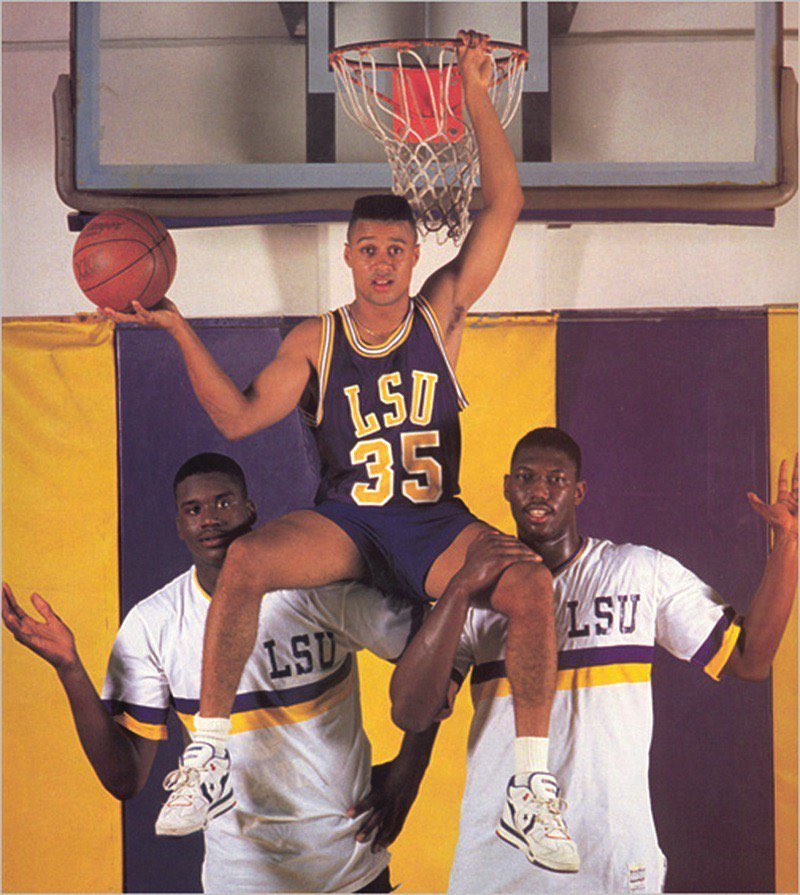 The most prominent theory is simple, though...
The most prominent theory is simple, though...
It makes the game more competitive.
Longer halves means less stoppages during a game, leading to more scoring opportunities, a steady pace and flow, and closer games between a wider range of teams. Even in 1954, they were trying to help make the "Cinderella Stories" happen.
That rule has led to more excitement spectators and a more competitive atmosphere among the 1,000+ colleges competing at the NCAA level. All of these factors have contributed to larger viewership for individual games and one of the most lucrative tournaments in all of sports: March Madness.
- The largest effect the Halves vs. Quarters debate has in the game of basketball is related individual and team fouls, and the free throws offered from bonuses.
At the NCAA collegiate level, a team reaches the "1:1 Bonus" when their opponents reach 7 fouls per half. The 1:1 Bonus means with each subsequent foul, the fouled player gets one free throw - or two free throws if they make the first.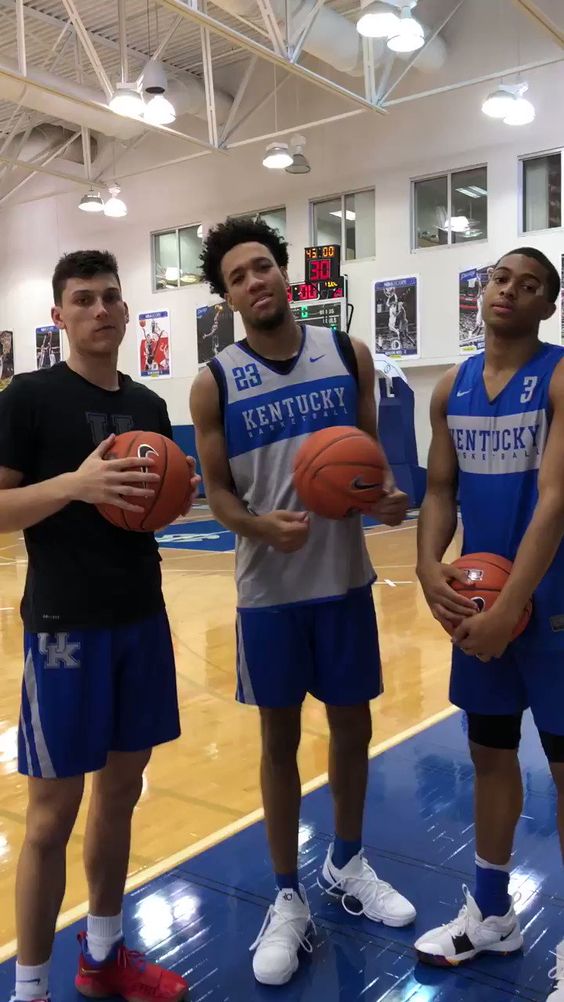
Once a team reaches ten fouls, the opposing team moves to the "Double Bonus" - meaning with each subsequent foul, the opposite team gets to shoot two free throws, instead of the single free throw guaranteed with a 1:1 bonus.
In the NBA, the team shoots two free throws after five fouls that reset at the end of each quarter. The simple change in team fouls and bonus free throws has a large effect on the game’s momentum and scoring.
- The only other real consequence of halves vs. quarters falls on media timeouts that directly translates to overall revenue for an organization.
When playing two halves basketball is able to have four TV timeouts, with quarters it is reduced to three TV timeouts. While this doesn’t affect the rules of the game directly, we all know that revenue and dollar signs are a driving force behind many decisions in professional and college sports.
The debate of halves vs. quarters in NCAA basketball wouldn’t be a true debate without feedback from loyal spectators, but it is not as black and white as one might think.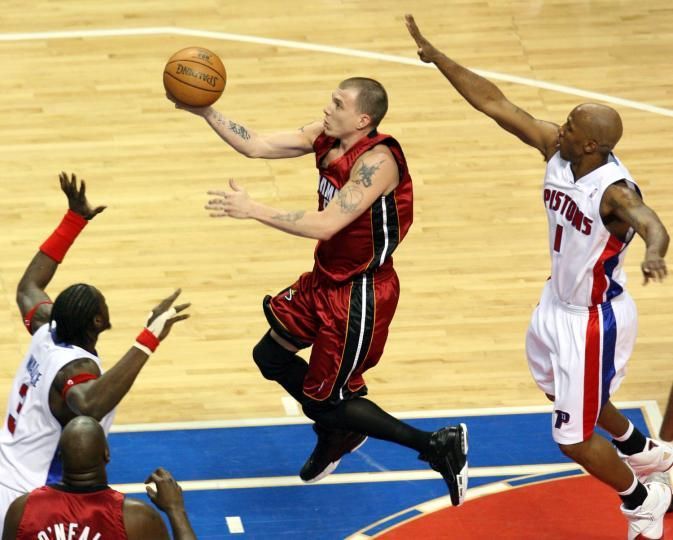 NCAA fans are truly divided on their feelings of watching four quarters of basketball or two halves.
NCAA fans are truly divided on their feelings of watching four quarters of basketball or two halves.
In terms of flow of the game, fans are cut down the middle on whether moving to quarters will increase or decrease the flow of the game. While it might cut down on foul calling and bonus opportunities with free throws, having more breaks in a four quarter game seems counterproductive when addressing less stoppage time.
There was a large debate at the 2021 committee meeting for rule changes to NCAA Men’s basketball, including “Introduce quasi quarters by resetting team fouls at 10-minute mark of each half. Begin double bonus on fifth foul within each 10-minute segment. This eliminates the one-and-one free throw”.
Only time will reveal the true nature of how these proposals play out.
Committees meet regularly to discuss new rule proposals and current rule changes to ensure that the game we all love so much stays that way. Members of the committee are passionate about optimizing player abilities, increasing viewership, and overall interest in the game of basketball.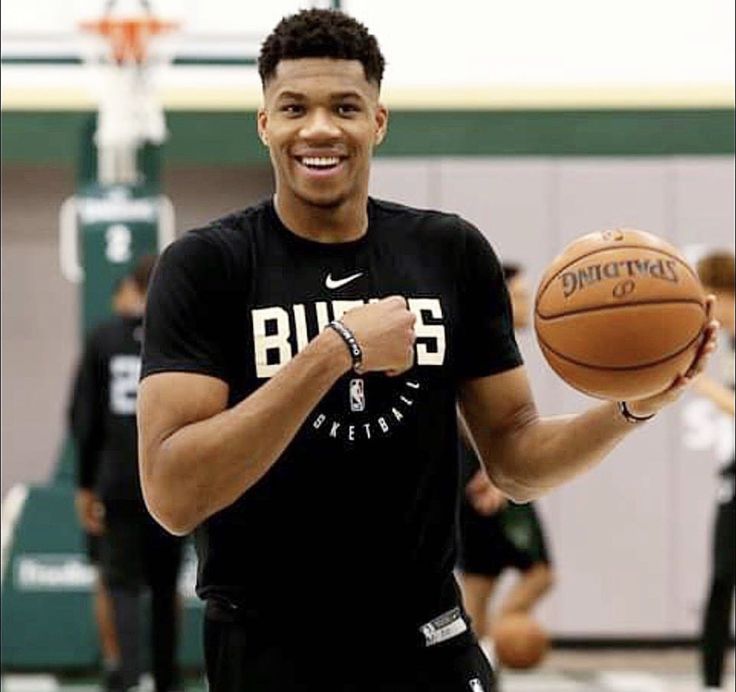
Based on the historical track record of halves vs. quarters in basketball, it seems that this debate will continue to fuel the opinions of fans in all organizations of the game.
How long is a quarter in basketball (and why?)
Last updated: September 3, 2022 / author Sandeep Bhandari / Fact verified / 4 minutes
Exact answer: 10 minutes Basketball is one of the most popular team sports in the world. While the sport originated in America, it has spawned various international leagues, each with its own unique set of rules.
The NBA and FIBA are the most important associations in professional basketball today.
For each league, the game is played for a set period of time, known as hours. The clock runs when the ball is in play and stops for time-outs, fouls and free throws.
It also stops if the ball goes out of bounds. The clock restarts again when the player touches the ball on the court.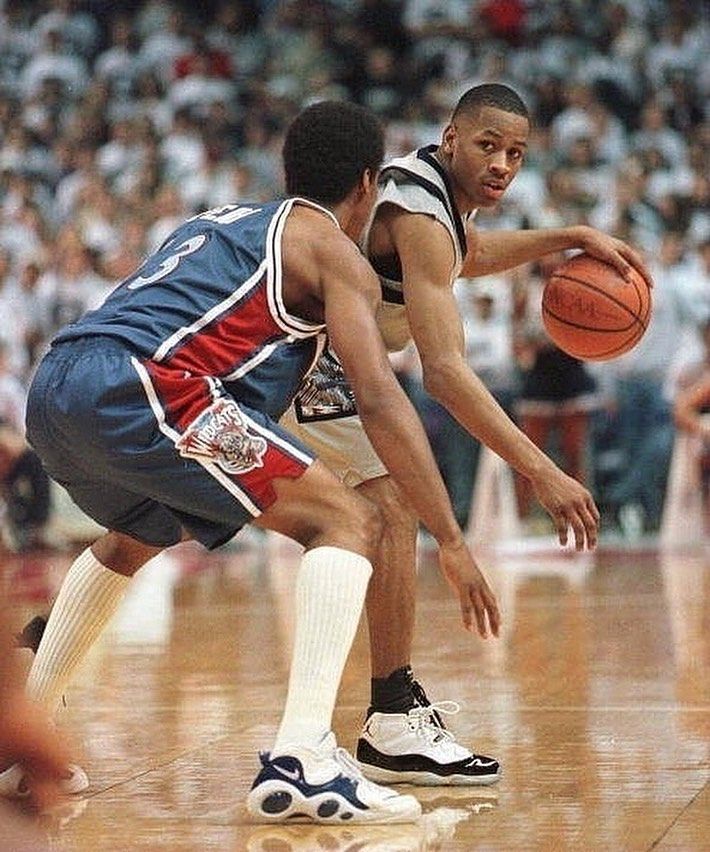
How long is a basketball quarter? A typical basketball game consists of four quarters, each representing a phase of the game. The length of each quarter varies depending on the sports association.
The rules of basketball are the same everywhere, but the clock may differ in each league. The total length of the game depends on the league.
A high school basketball game is 32 minutes long and each quarter is 8 minutes long. Professional The NBA game is longer, consisting of four 12-minute quarters.
The whole game lasts 48 minutes. The WNBA has the same time with 12-minute quarters.
In contrast, the International Basketball Federation (FIBA) has 10-minute quarters in each game. The NCAA men's college basketball game is not divided into four quarters, but into two halves.
Each half lasts 20 minutes.
The real-time quarter may be longer than planned due to timeouts and failures. Timeouts are needed to give teams time to rest.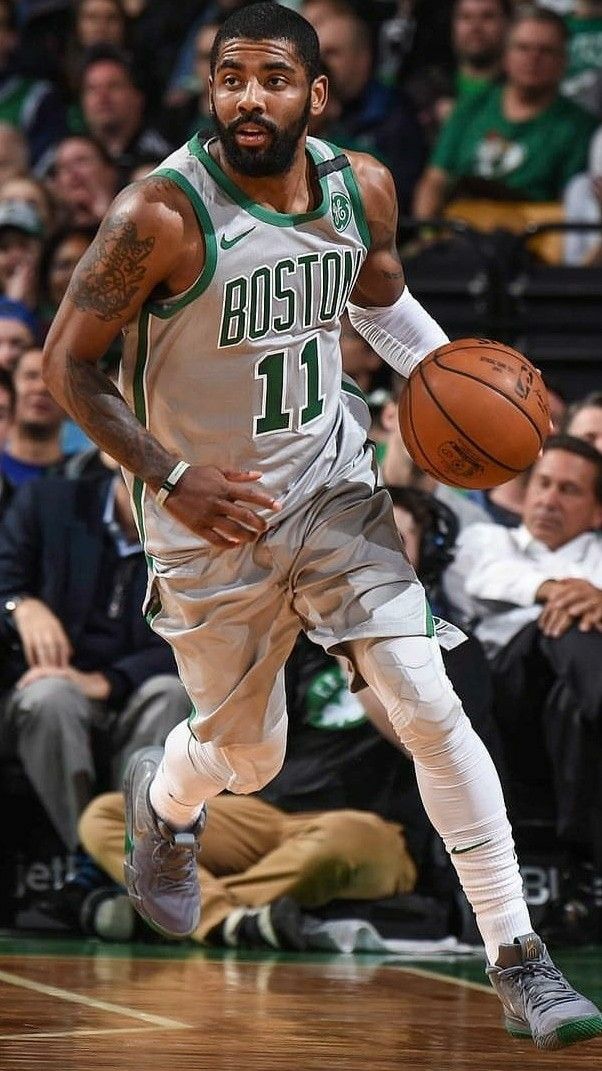
An NBA game allows six total timeouts, including one 20 second timeout in each half. Violations and injuries can also lead to additional breaks in the game.
There are small 2-minute breaks between each quarter and a longer break of about 15 minutes during the break.
Basketball games often receive an extra five minutes in the event of a tie with overtime extended until there is a clear winner. There are no restrictions on overtime work.
In general, a full basketball game usually lasts about two to three hours.
| Basketball league | Length quarter |
| NBA | 12 minutes
| Fiba | 10 minutes 10 minutes 10 minutes 9 minutes0051 |
| High school basketball | 8 minutes |
Why is the basketball quarter so long? International basketball consists of four quarters of 10 minutes with breaks after each quarter.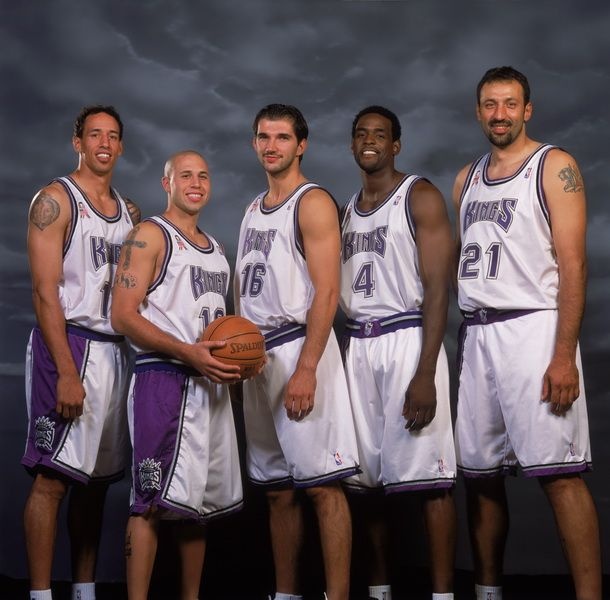 Most professional basketball games outside the United States of America are played under FIBA rules.
Most professional basketball games outside the United States of America are played under FIBA rules.
However, in the NBA, the quarter is set to 12 minutes. This has always been the case, as the NBA believed that the 12-minute period was ideal for a spectator to enjoy a professional game.
NBA rules were originally based on college basketball. Student-level games consisted of two halves of 15-20 minutes each. The NBA agreed that the college game was too short for a paid game.
They created their own professional basketball identity by breaking the rules and setting up four 12-minute quarters.
The NBA and WNBA are the only leagues with 12-minute quarters. The Olympic Games and the Basketball World Cup follow FIBA rules, limiting them to 10-minute quarters.
However, the NBA constantly influences international basketball. In the future, FIBA may also introduce 12-minute quarters.
People often ask why the NBA doesn't have 15-minute quarters like the NFL does. However, an NFL game is three hours long and features different players on offense and defense.
However, an NFL game is three hours long and features different players on offense and defense.
They also only play once a week, unlike the NBA which allows them to follow this format. Three hours would be too long for a basketball game.
Conclusion Minor differences in the hours of a basketball game have a significant impact on the game. The difference between a 10-minute quarter and a 12-minute quarter may not seem like much, but it adds up to 8 minutes in total.
Overtime affects scoring and the number of players allowed on the court.
Basketball is played at different levels. Each association has its own set of rules and regulations for professional play, each with its own rationale.
Each league has its own unique character and identity, but continues to influence each other.
Recommendations - https://journals.humankinetics.com/view/journals/jsep/2/1/article-p14.xml
- https://www.
 tandfonline.com/doi/abs/10.1080 /17461391003699104
tandfonline.com/doi/abs/10.1080 /17461391003699104
| Exactly how long to go home | Open |
Click to rate this post!
[General: 0]
One request?
I put so much effort into writing this blog post to provide you with value. It will be very helpful for me if you consider sharing it on social networks or with your friends/family. SHARE ♥️
Content
How long is a quarter in basketball (and why?)
Last updated: September 3, 2022 / Author Sandeep Bhandari / Fact verified / 4 minutes
Exact answer: 10 minutes Basketball is one of the most popular team sports in the world. While the sport originated in America, it has spawned various international leagues, each with its own unique set of rules.
The NBA and FIBA are the most important associations in professional basketball today.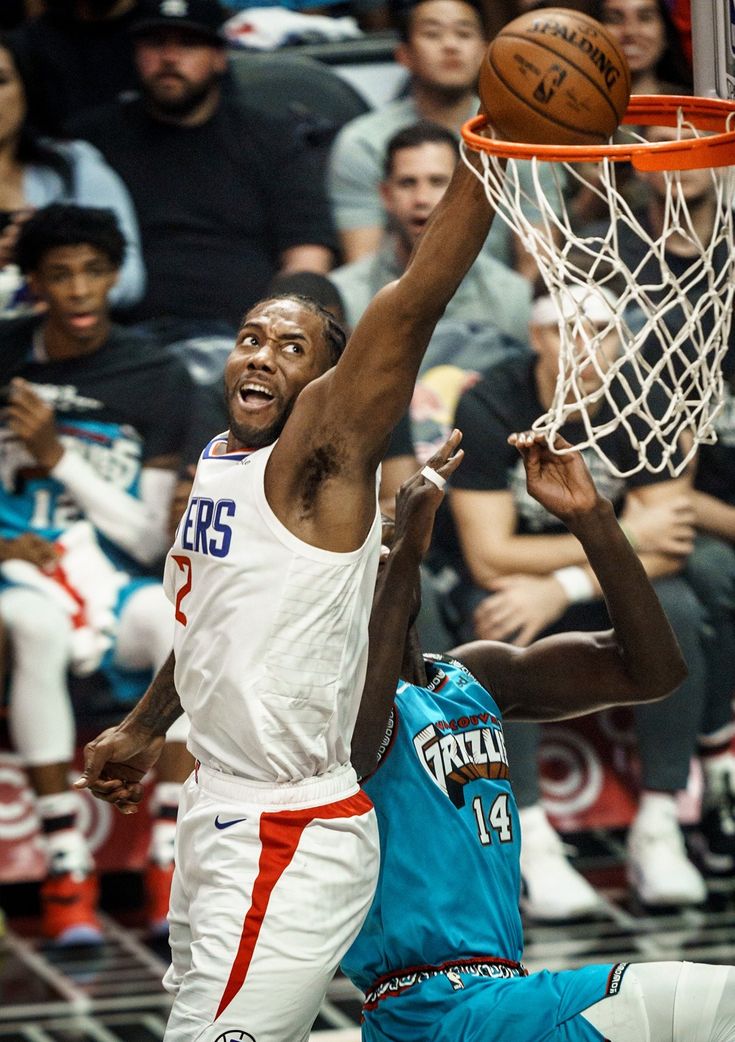
For each league, the game is played within an allotted time period known as hours. The clock runs when the ball is in play and stops for time-outs, fouls and free throws.
It also stops if the ball goes out of bounds. The clock restarts again when the player touches the ball on the court.
How long is a basketball quarter? A typical basketball game consists of four quarters, each representing a phase of the game. The length of each quarter varies depending on the sports association.
The rules of basketball are the same everywhere, but the clock may differ in each league. The total length of the game depends on the league.
A high school basketball game is 32 minutes long and each quarter is 8 minutes long. Professional The NBA game is longer, consisting of four 12-minute quarters.
The whole game lasts 48 minutes. The WNBA has the same time with 12-minute quarters.
In contrast, the International Basketball Federation (FIBA) has 10-minute quarters in each game.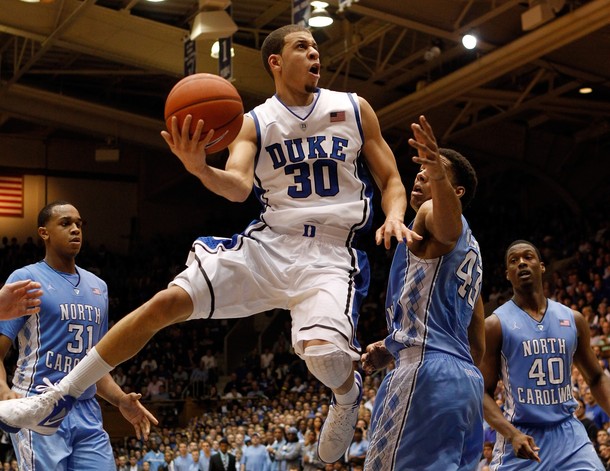 The NCAA men's college basketball game is not divided into four quarters, but into two halves.
The NCAA men's college basketball game is not divided into four quarters, but into two halves.
Each half lasts 20 minutes.
The real-time quarter may be longer than planned due to timeouts and failures. Timeouts are needed to give teams time to rest.
An NBA game allows six total timeouts, including one 20 second timeout in each half. Violations and injuries can also lead to additional breaks in the game.
There are small 2-minute breaks between each quarter and a longer break of about 15 minutes during the break.
Basketball games often receive an extra five minutes in the event of a tie with overtime extended until there is a clear winner. There are no restrictions on overtime work.
In general, a full basketball game usually lasts about two to three hours.
| Basketball league | Length quarter |
| NBA | 12 minutes
| Fiba | 10 minutes 10 minutes 10 minutes 9 minutes0051 |
| High school basketball | 8 minutes |
Why is the basketball quarter so long? International basketball consists of four quarters of 10 minutes with breaks after each quarter. Most professional basketball games outside the United States of America are played under FIBA rules.
Most professional basketball games outside the United States of America are played under FIBA rules.
However, in the NBA, the quarter is set to 12 minutes. This has always been the case, as the NBA believed that the 12-minute period was ideal for a spectator to enjoy a professional game.
NBA rules were originally based on college basketball. Student-level games consisted of two halves of 15-20 minutes each. The NBA agreed that the college game was too short for a paid game.
They created their own professional basketball identity by breaking the rules and setting up four 12-minute quarters.
The NBA and WNBA are the only leagues with 12-minute quarters. The Olympic Games and the Basketball World Cup follow FIBA rules, limiting them to 10-minute quarters.
However, the NBA constantly influences international basketball. In the future, FIBA may also introduce 12-minute quarters.
People often ask why the NBA doesn't have 15-minute quarters like the NFL does. However, an NFL game is three hours long and features different players on offense and defense.
However, an NFL game is three hours long and features different players on offense and defense.
They also only play once a week, unlike the NBA which allows them to follow this format. Three hours would be too long for a basketball game.
Conclusion Minor differences in the hours of a basketball game have a significant impact on the game. The difference between a 10-minute quarter and a 12-minute quarter may not seem like much, but it adds up to 8 minutes in total.
Overtime affects scoring and the number of players allowed on the court.
Basketball is played at different levels. Each association has its own set of rules and regulations for professional play, each with its own rationale.
Each league has its own unique character and identity, but continues to influence each other.
Recommendations - https://journals.humankinetics.com/view/journals/jsep/2/1/article-p14.xml
- https://www.
